Buy or gift a stand-alone digital subscription and get unlimited access to dozens of back issues for just £18.99 / $18.99 a year.
Please register at www.exacteditions.com/digital/cornucopia with your subscriber account number or contact subscriptions@cornucopia.net
Buy a digital subscription Go to the Digital EditionThe 18th century was Aynalıkavak Kasrı’s heyday, though a palace had stood here at least a century earlier – a palace very much in the vein of the Topkapı, with clusters of individual pavilions dropping to the shore. For those interested in Ottoman culture, this last remaining pavilion (featured on the cover of Cornucopia 50) is forever associated with Selim III, a sultan who famously stood up to greet his musical tutor, and who shut himself away in Aynalıkavak’s music room to write legendary makams (modal variations), still part of the repertoire of classical Ottoman music today.
Few visit the palace today. It is well concealed behind high stone walls, and was closed for restoration for almost two decades. It is well worth the visit. It has its own café, and for those who like to sup well after exploring the city, a choice of excellent restaurants can be found five minutes’ drive away at the Rahmi M Koç Museum. Aynalıkavak is perhaps the only building outside the grounds of the Topkapı that still conjures up the magic of the 18th-century Tulip Period.
Warehouses, dry docks and the beating of hammers are what the northern side of the Golden Horn was all about. In the 19th century the shore became one giant naval shipyard. So it is something of a miracle that up on the hill where Mehmed the Conqueror planted 12,000 cypress trees beyond the old cemeteries, hidden away in one of Istanbul’s least prepossessing neighbourhoods, is a walled garden surrounding a dream of a kiosk – a favourite of many sultans.
Aynalıkavak was conceived as an imperial pleasure palace, and has been associated with happy times in the lives of successive sultans. A historian once ranked it fourth in the rollcall of Ottoman palaces, but today few visitors call at Aynalıkavak Kasrı, literally the Pavilion of he Mirrored Poplar, as the kiosk is known. Thirty-foot walls separate it from the now abandoned naval docks and a scruffy neighbourhood of apartments and workshops. But in 2011, after decades under restoration, it was unlocked. Its garden is a little more kempt, if less romantic, than of old. Gone are the wilderness and the nesting woodcock that would fly out in alarm if anyone approached.
The palace is a good reason to hop off the boat at Hasköy, next to the Koç Museum, with its quietly smart restaurants (the other reason to venture here). You could walk from the boat station, but taxis and the Hasköy–Kasımpaşa dolmuş ply the route at speed, and it is just a 10-minute cab ride from Beyoğlu.
The late garden historian John Drake was passionate about the palace. The Getty-funded report he helped to produce wrote of the vineyards and gardens of the Byzantine emperors, of Mehmed the Conqueror’s shipyard, and of houw the hillside leading up to the Okmeydan, the famous archery ground, became ‘the Shipyard Imperial Gardens’ when Mehmed ordered the creation of a series of kioks and embellishments. Annexes, courtyards, halls, hamams and fountains continued to be added along the shore until it must have looked strikingly similar to the Topkapı Palace.
At the start of the 17th century, Ahmed I, builder of the Blue Mosque, asked for a kiosk to be readied there, as he liked to pass this way on his walk to Eyüp. In 1614 he ordered a flower garden to be created. His viziers made him gifts of rare bulbs… In 1647 Sultan Ibrahim, who became a little too attached to his harem, had the high harem walls pulled down for a better view of the Golden Horn and decreed that no boats should pass – a law that was overturned with a week as impracticable. His son Mehmet IV, ‘the Hunter’, who was not easily tempted back to Istanbul, spent two years rebuilding the palace after a narrow escape from fire in 1677…
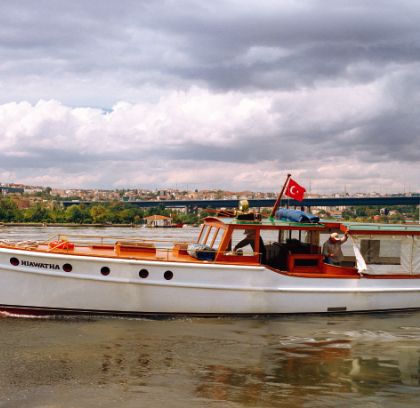
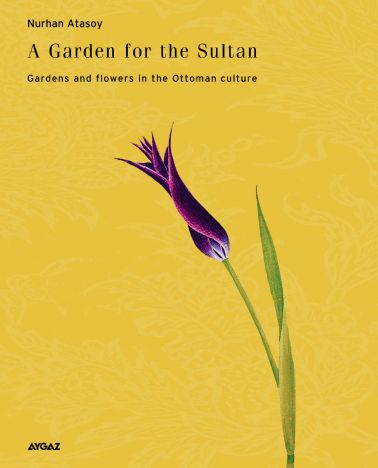
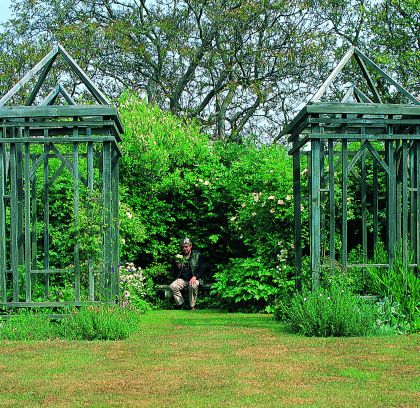
By John Drake with photographs by Berrin Torolsan
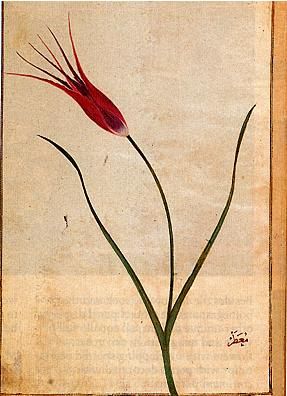
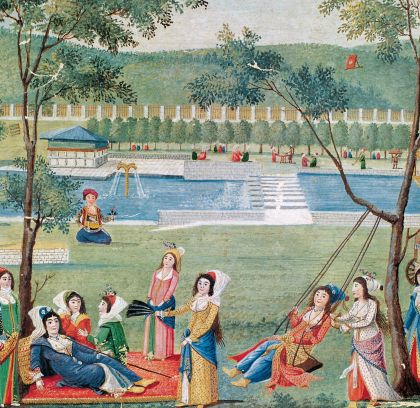
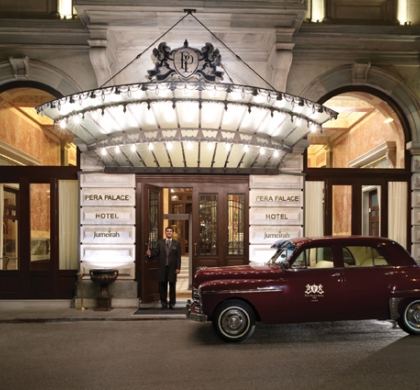
 Issue 66, December 2023
Turkey’s Centenary Issue
Issue 66, December 2023
Turkey’s Centenary Issue

Bezmärä Ensemble

Cornucopia works in partnership with the digital publishing platform Exact Editions to offer individual and institutional subscribers unlimited access to a searchable archive of fascinating back issues and every newly published issue. The digital edition of Cornucopia is available cross-platform on web, iOS and Android and offers a comprehensive search function, allowing the title’s cultural content to be delved into at the touch of a button.
Digital Subscription: £18.99 / $18.99 (1 year)
Subscribe now